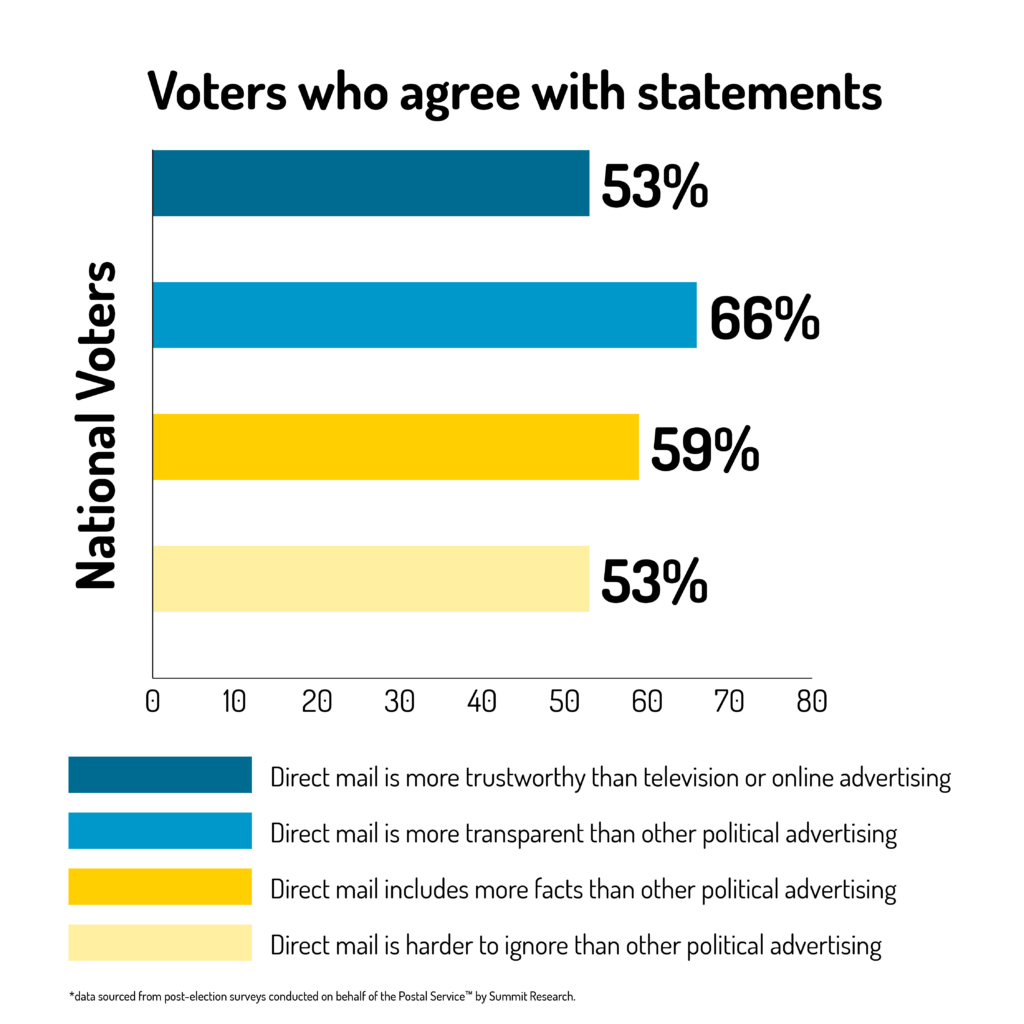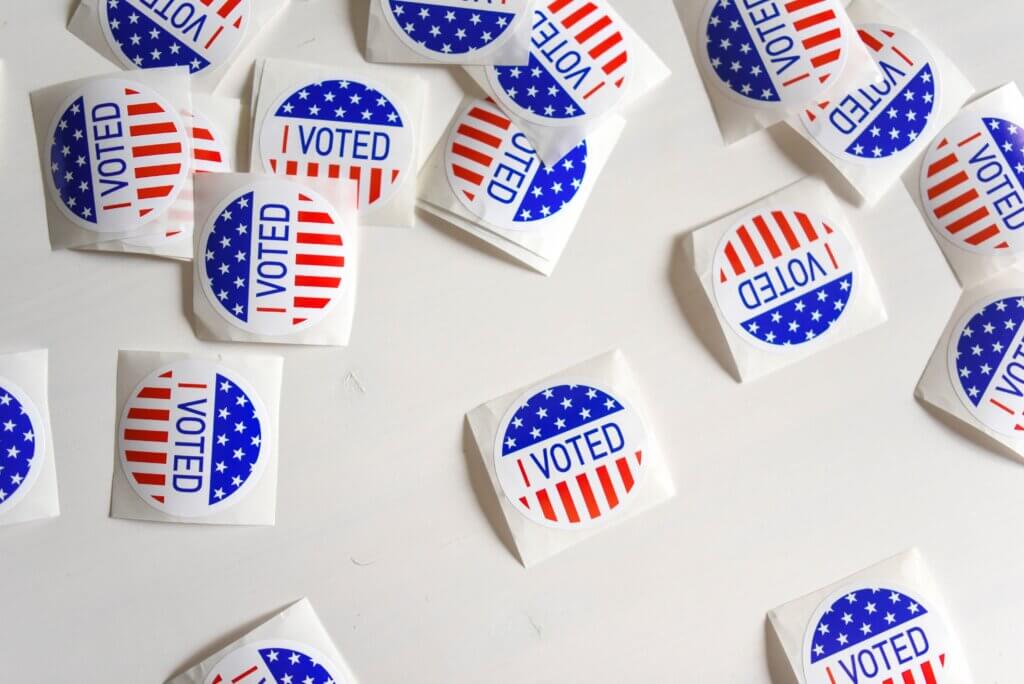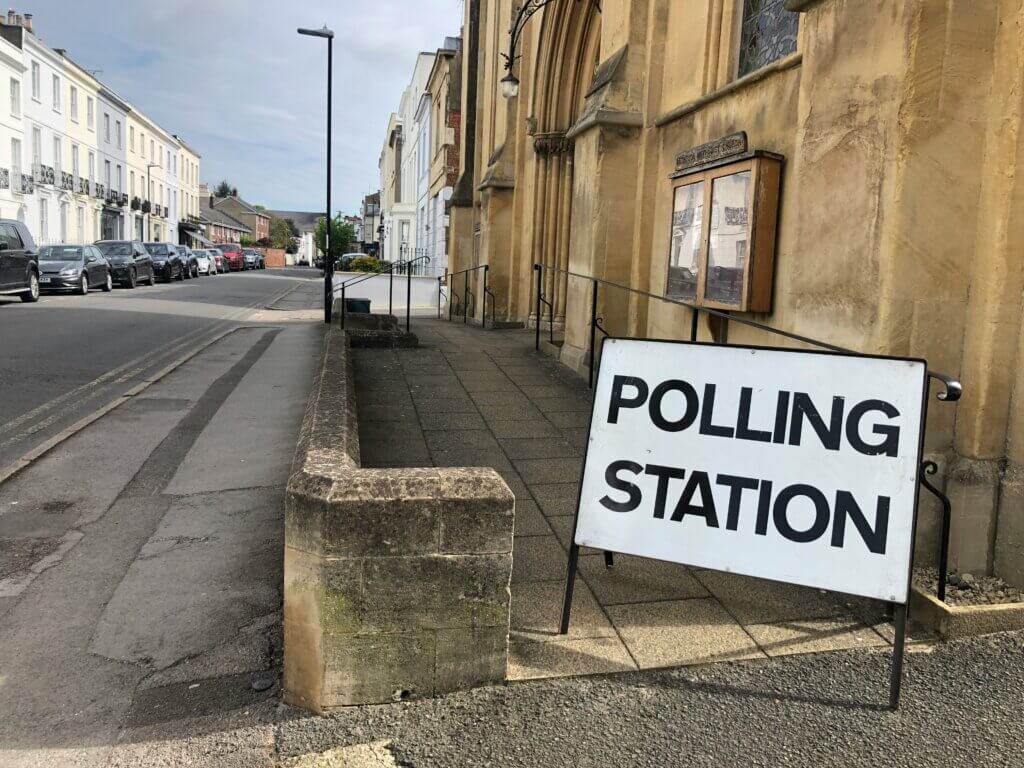Getting Out The Vote with Handwritten Mail
By: Ilan Mann
April 28, 2020Introduction
A quick way to find out if someone is an experienced political operative, as opposed to just an observer of politics who watches too much C-SPAN, is to ask them what GOTV is. GOTV, sometimes pronounced G-O-T-V (gee-oh-tee-vee) and sometimes pronounced Go-TV (Goh-Tee-Vee) is an acronym that stands for “Get Out The Vote,” and along with voter identification and voter persuasion, it makes up a third of the holy triumvirate of political campaigning. If voter persuasion is about getting voters to know who you are and persuading them to support you, and voter identification is about finding out which voters are going to vote for you, GOTV is the art (and sometimes science) of getting those voters to actually come out to the polls and vote for you. Why “sometimes science?” Because as social scientists have become more interested in the study of the democratic process, they have begun to apply behavioral economics research methods to political campaigning – which has resulted in a deluge of studies, culminating most famously in Sasha Issenberg’s book The Victory Lab.
Key Points
1. Why is GOTV important?2. How do you Grab Voter’s Attention?
3. Why is Personalized Handwritten Direct Mail so Effective for GOTV?
1. Why is GOTV important?
Suppose that you are running for class president, and there are 100 eligible voters. If all the voters have to vote, your job is to persuade 51 of them to vote for you. Suppose that your opponent is popular amongst 60 of the eligible voters, and you have the support of 40. You really have your work cut out for you! That is how we usually think of politics – in terms of persuasion.
While that may be the nature of politics in Australia, where voting is compulsory, that is not the case in the vast majority of the democratic world. The rest of the democratic world can gain the upper hand by outperforming opposing candidates when it comes to GOTV.
For a more accurate thought experiment, suppose you are running for class president, and there are 100 eligible voters, but voting is not compulsory, and in an average election, only 56 of them show up to vote. Suppose that there are 60 voters who support your opponent, and 40 who support you. Assuming that 56% of voters likely to show up are proportionally distributed, your opponent can expect 33 – 34 votes, and you can expect 22 – 23 votes.
What political scientists have discovered, however, is that the turnout will not be distributed proportionally if you motivate your supporters, and your opponent doesn’t motivate their supporters. If you do everything in your power to remind your voter that today is voting day, remind/convince them that their vote counts, and make voting as easy as possible for them, you can reasonably expect to get 80% of your voters to the polls. Your opponent, knowing that they have the support of the majority of the voters, may do nothing. They can expect a turnout of somewhere around 40% of their supporters in an average election. Despite being the more popular candidate by far, they will lose the election 32 – 24.
This is a very, very cursory explanation for most of our politics today – for better or for worse; when you hear people talk about the “increase in partisanship,” or things being done to “motivate the base,” this is what they are talking about. Campaigners have learned that they don’t need a majority of the eligible voters, they need a majority of the votes cast, and oftentimes enough votes to win can be found amongst their existing supporters without having to persuade anyone.
Basically GOTV is about getting your voter to do something that they wouldn’t otherwise do, and everything we know about motivating people helps us understand that doing so involves two equally important parts:
- Removing as many barriers as possible so that doing the action is as easy and frictionless as possible.
- Convincing the person you are trying to motivate that the benefit of doing the thing (in this case casting a ballot) outweighs the cost (figuring out where to vote, driving to the polls, standing in line, etc…)
The question is how you do those things: How do you make sure that your voters don’t forget to vote? How do make them believe that the act of voting is important enough that it’s worth driving to the polls? How do you make voting as easy as possible for them?
2. How do you Grab Voter’s Attention?
Like all other marketing endeavors, it’s about getting their attention, and then using that window of opportunity once you have their attention to argue in a compelling way that the benefit of voting for you outweighs the cost.
There are a number of ways to get their attention:
- Send them mail (especially handwritten mail)
- Call them
- Knock on their door
- Target them with digital advertising
- Take out billboards
That list is far from exhaustive, and the limits are only constrained by your imagination. Since the focus of this post is using handwritten letters, we will ignore the myriad other methods there are for you to consider in running your successful GOTV campaign.
3. Why is Personalized Handwritten Direct Mail so Effective for GOTV?
Handwritten letters are a cut above these other methods for a number of reasons:
- They get opened at nearly a 100% rate
- They are extremely personal – retail politics is all about trust between the voter and the candidate
- You can include a lot more information than you can in a billboard or digital ad
- The information can be referred back to days later, unlike the information in a phone call or face to face conversation when door knocking.

4. What are the key Elements to Consider in a GOTV Mailing?
There are 5 key elements you want to consider when crafting your GOTV letter:
- Targeting
- Timing
- Details
- A reason to vote
- Feedback
1. Targeting
Choosing the voters to whom you send your GOTV piece is extremely important. In the hypothetical above, there are 36 voters who supported your opponent, but didn’t vote for her. If you were to accidentally send one of them a GOTV letter, you may motivate them to get out and vote against you, by reminding them that there is an election happening and what the voting details are. There are countless stories of careless GOTV efforts where volunteers from one campaign have driven their opponent’s voters to the polls.
This is not like a persuasion letter, where you want to cast a wide net. Your GOTV letter should only go to voters whose support you are confident that you have. Contact one of our direct mail experts if you have questions about how to target your GOTV letter.
2. Timing
Timing a GOTV letter can be tricky. Time it to arrive only a day or two before the vote, and you risk a delay caused by the postal service, by someone not checking their mailbox that day, or by your envelope remaining unopened on the kitchen counter.
Time it to arrive two weeks beforehand, and the issues of the campaign have not yet been defined, you have not yet had time to identify all of your supporters, and voters may read it and forget about it, or have the motivating effects wear off before election day.
More saliently, research shows that the more people plan out the details of an activity like voting (where they’re going to vote, when, and with whom) the more likely they are to follow through. Planning ahead takes away some of the mental uncertainty. Mental uncertainty can cause anxiety around the issue of voting. Anxiety requires energy, and the name of the game is making voting easier (ie: requiring less energy rather than more).
You want your letter to encourage your voters to plan ahead, but they will need a few days to make a cohesive plan. If you ask them to plan when, where, and with whom they’re going to vote a day or two before election day, don’t be surprised if:
a) They feel overwhelmed by the short amount of time they have to rearrange their schedule
b) You find yourself competing with the kid’s soccer practice, or that work thing that they promised to go to.
You want to time your letter to arrive 5 – 7 days before the vote, giving them enough time to make a plan to vote.
That is another advantage of handwritten letters – not only do they have higher open rates, they also have higher recall rates. That means that people remember getting handwritten letters; because of their rarity, and because of their perceived value, they stick out in the minds of recipients more than their printed counterparts.
That’s why you normally get a few extra days of staying power out of a handwritten letter.
3. Details
Think of all the questions that your voter could have about voting, and answer them for them.
Every question is an opportunity for them to decide that voting is not worth the trouble. This may seem irrational to those of you with a spotless voting record, but remember that between 33% and 45% of voters find an excuse not to vote every single presidential election.
“Where is my polling station? I don’t know and I don’t have time to figure it out; I guess I won’t vote.”
“Are polls open before work? How about after work? I need to work late on election day, will they still be open? Well, my one vote wasn’t going to make a difference anyways.”
Make sure your letter gives them the time and place they should vote, what forms of identification they’ll need, how they can get there, etc…
As alluded to above, they should be encouraged to make a detailed plan to vote, ideally including others (offering them a ride is a great way to get that box checked). That adds a bit of
4. A Reason to Vote
It is not enough to remind people to vote. A good GOTV message reminds them why their vote is important.
Whether it’s informing the voter that the election is expected to be close and their vote is important, or reminding them that the stakes in this particular election are abnormally high, you need to give your voters a “why” to go with the “where and when.”
Consider this ad from the 1964 presidential election, considered by many political operatives to be a prime example of a GOTV message:
Rather than try to persuade people to vote for Johnson, the ad addressed the people who were already voting to re-elect the president. The Johnson camp simply reminded voters that “the stakes [were] too high for [them] to stay home.”
5. Feedback
Most great letters of any kind have a feedback mechanism, whether it’s a pre-paid reply envelope, a link or a QR code to a website, or a number to call.
Make sure that your GOTV letter provides the opportunity for voters to give feedback in the form of questions, requests for rides, or offers to donate or volunteer.
Your feedback mechanism can take the form of a number they can call, email they can reach out to, reply envelope, or even a promise of a follow-up call from one of your volunteers.
Contact us today to get started on your next GOTV campaign, and leverage the power of handwritten mail to get your voters off their couches and out to the polls.


